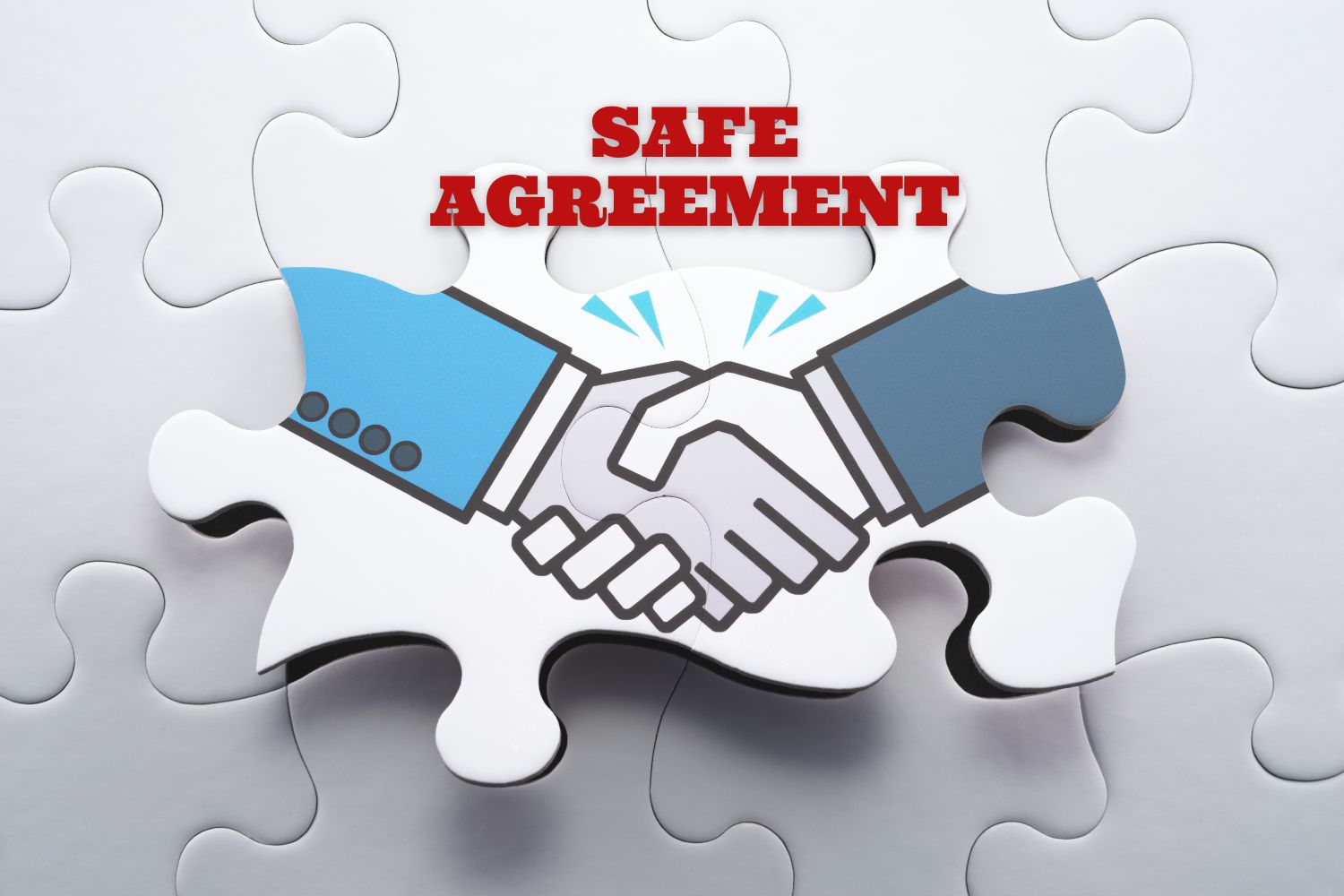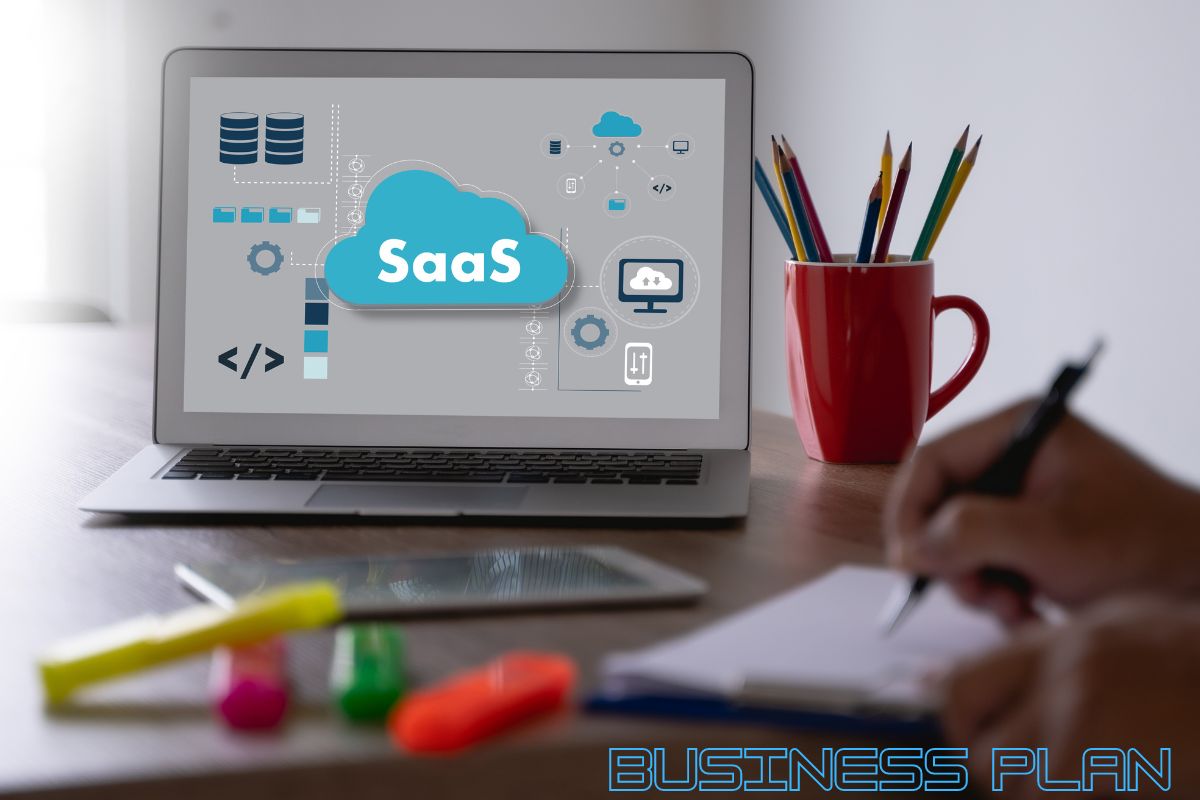Cost-Plus Method
The Cost-Plus method is a widely used transfer pricing approach for determining the price of goods or services exchanged between related parties. Under this method, the transfer price is based on the production cost of the goods or services, plus a defined markup to cover expenses and ensure a reasonable profit.
The cost of production is calculated by summing all direct and indirect costs associated with manufacturing, including labor, materials, overhead, and other relevant expenses. Once the total cost is determined, a profit margin is added to arrive at the transfer price.
The profit markup is usually based on comparable transactions between unrelated parties or industry benchmarks. In other words, the price should reflect the return that an independent party would expect for performing a similar function in a comparable industry. This ensures that the transfer price complies with the Arm’s Length Principle.
Cost Plus Example
Suppose a subsidiary of a multinational company manufactures a product that is sold to another subsidiary in a different country. The production cost of the product is $100, and the company seeks a 10% profit margin. Using the Cost-Plus method, the transfer price would be calculated as follows:
Transfer Price = $100 (Cost) + ($100 × 10%)
Transfer Price = $100 + $10 = $110
In this case, the supplying subsidiary would charge the receiving subsidiary $110, ensuring a 10% profit margin—consistent with what an independent entity might expect to earn.
Advantages of the Cost-Plus Method
Simple to Apply
It relies on actual production costs, making it easy to calculate—especially in the absence of comparable unrelated-party transactions.Fair Return for the Supplying Entity
The method allows for full recovery of production costs, along with a reasonable profit.Transparent and Easy to Explain to Tax Authorities
Since it is based on verifiable costs, it is generally considered acceptable by tax authorities and easier to defend in audits.
Limitations of the Cost-Plus Method
Does Not Account for Intangibles or Unique Contributions
If the transferred product involves patented technology or unique know-how, these elements may not be reflected in the production cost—leading to an undervaluation.Difficulty in Determining an Appropriate Profit Margin
The markup must reflect the risk level and functions performed by the supplier, as well as industry profitability. This can be especially challenging in specialized industries or where comparable data is limited.
Conclusion
The Cost-Plus method is a common transfer pricing approach based on actual production costs plus a profit margin. It is easy to apply and provides a fair return for the supplying entity. However, it may fail to reflect the value of intangibles or unique contributions and can be difficult to benchmark the appropriate margin. Therefore, it is crucial to conduct a thorough functional and economic analysis and to consider other transfer pricing methods where appropriate.






